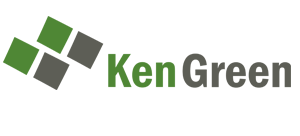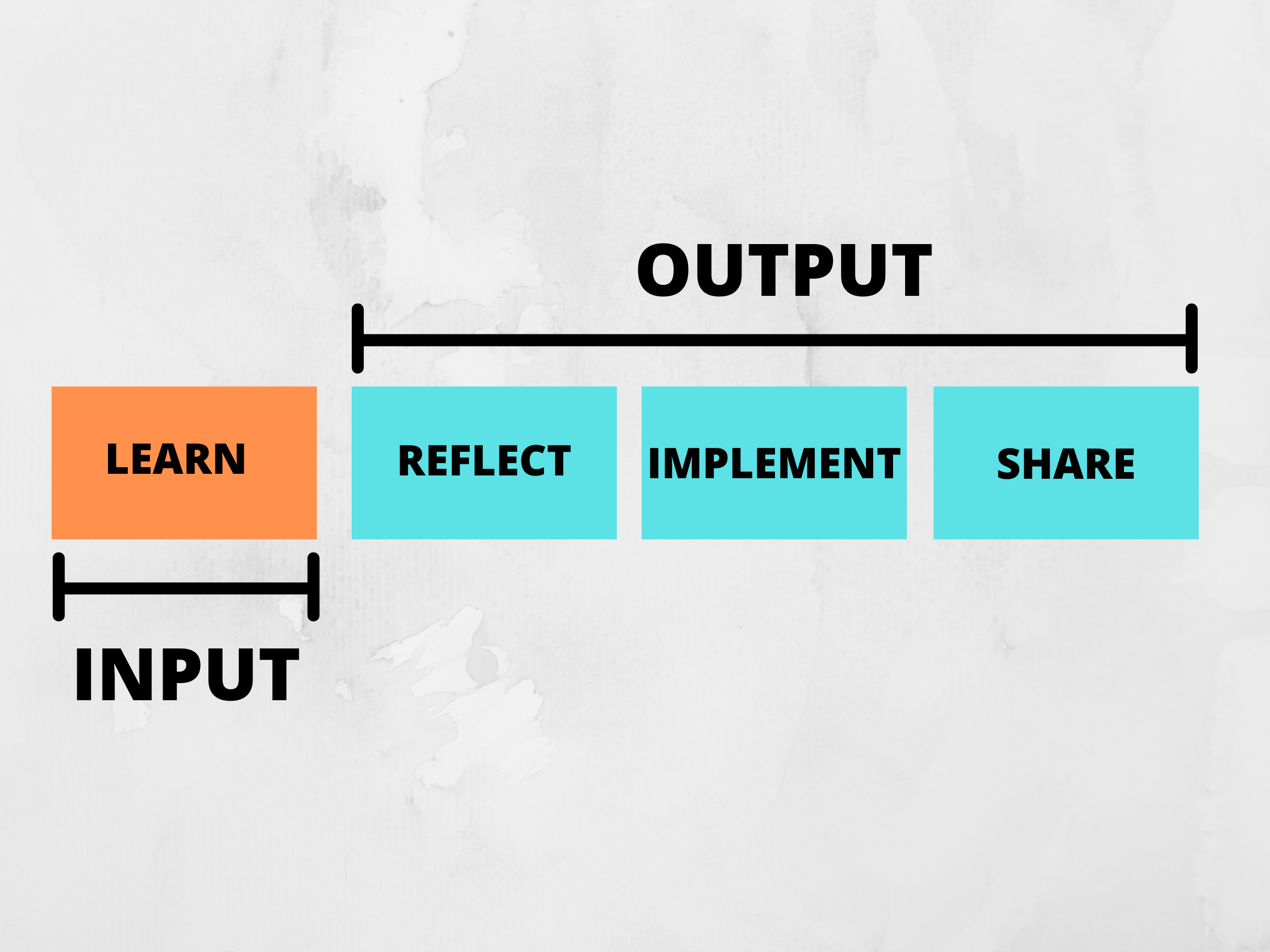If you struggle with learning and comprehending, master these four techniques and you will significantly increase your capacity to learn
“Learning is not attained by chance, it must be sought for with ardor and attended to with diligence” — Abigail Adams
I love to learn. I get excited when I learn something new. I’m immediately motivated by the knowledge and want to change my life and the world with my new-found knowledge.
Then the days roll by, and then weeks and months. And my life has not changed. And I’ve certainly not changed the world either.
What I did not realize was that all I had was just head knowledge. I had not really learned. And I was not going to change my life or the world. The knowledge meant nothing. Not to me. And certainly, not to the world.
I must confess that over the years, my approach to learning has been mediocre at best.
In fact, I am ashamed to admit that I have spent tens of thousands of dollars learning. Buying courses and training programs that I never start or never finish. Investing in a weekend or week-long training program that I never act on. And buying books that I either don’t read or finish reading. And the list goes on and on.
It is a pattern that has developed over time. This is how I grew up learning. Starting from primary school, all the way to my undergraduate degree and to my master’s program. It was all about information intake.
This is how most people learn today. Sitting down in a classroom setting and taking information. This is mostly how our schools are designed and structured.
What we fail to realize is that learning does not stop here. Stopping here only creates the illusion of competence. We have to take it a step further by doing something with what we’ve learned. This is where the real learning begins.
Moving from head knowledge to real learning requires doing something with what you’ve learned. In other words, some sort of output is required. Input without output leads to shallow learning.
At the end of the day, what’s the point of learning if you can’t do anything with it? Remember the popular saying…
Use it or lose it.
So, what’s the best way to learn?
There are many different ways to learn. And there are pros and cons to all of them.
Recently, I watched a YouTube video by Nishant Kasibhatla and I love the framework he suggested for learning using these 4 steps:
1. Focus on the Quality of Input
The first step of learning is the input. But, you have to be careful of the kind of input you’re taking in. If you want to learn how to fly, you need quality input from those that can fly. If you want to make money investing in real estate, you need quality input from those that have successfully made money investing real estate.
The quality of your input will determine the quality of your retention. It will affect the quality of recall and ultimately, it will impact your ability to productively use that information for your own good.
So, make sure the quality of the information is great.
2. Reflect on what you’ve learned
Once you’ve learned something from the information you’ve consumed, the next step of the learning process is the output. To deepen your learning, you need to focus more on the output.
One way to do this is to reflect on what you’ve learned. Reflecting requires you to consider how you can apply what you’ve learned. Pause and ask yourself, what’s the takeaway from this lesson? How can I use this new knowledge to solve the problem I have?
By reflecting, you’re often able to use learning from one area and apply it to other areas that may be unrelated. For example, I may reflect on lessons on marketing in the auto industry and consider how I can use this and apply it in a different industry.
3. Implement what you’ve learned
This is where the magic happens. If you learn without implementing, nothing happens. You will only end up with head knowledge. Your life will not change and there will be no transformation for you and for those that matter to you.
When you learn, ensure you focus more on how you can implement it. Stop and write down what you can take action on. Schedule it in your calendar and do it!
A lousy action to implement what you’ve learned is far better than no action at all. As one of my mentors puts it:
It’s all about imperfect action
By taking action, you’re actively learning. Active learning goes beyond just memorization or comprehension of information. It gives you the needed experience to transform that information into practical strategies.
Making a cake is the best way to learn how to make a cake…book knowledge of the recipe will only get you so far.
In fact, we learned this during this Covid-19 lockdown as we experimented with making different types of homemade snacks. Our first attempt at making meat pie was not something to be proud of.
But the second attempt got better, and the third attempt was even better. Over three attempts, we moved from talking about how to make meat pie (head knowledge) to getting it right the third time (actual learning).
For true mastery, you need to focus more on the OUTPUT, rather than the INPUT — Nishant Kasibhatla
4. Share what you’ve learned
I wish I had learned this a long time ago. For many years, I never considered myself as someone with something worthy to share. I underestimated the lessons I’ve learned and the knowledge I’ve gained from many years of experience.
As I considered teaching, these were the thoughts that initially came to mind:
“I’m not qualified enough to teach”
“I don’t have formal education on how to teach”
“I’m ashamed of my accomplishments”
“I speak with an accent that no one can understand”
“I will be ridiculed”
and on and on and on…
I must admit that the thought of teaching is scary. Standing on a stage in front of others to speak and teach is a frightening experience. I got the courage to start teaching when someone told me that you only need to know 3% more than your audience to teach.
Really? That’s all I need to know to teach? Just 3% more? Yes, it turns out that there is some truth to this. You don’t need to know way too much to teach. And the great thing is that you learn as you teach.
In fact, it’s one of the best ways to learn. When you share and discuss what you’ve learned, you’re helping your brain pay attention. You’re reinforcing what you’ve learned and you’re less likely to forget the lessons.
In Conclusion
If you want to grow in any area of your life, reconsider the way you learn. Apply these 4 steps when you take on a new hobby or when you want to deepen your knowledge in any area.
Remember, you learned how to walk by taking your first step. You learned how to ride a bike by jumping on the bike, pedaling, and taking your first fall.
So, if you want to learn deeply, you need to take in great information. Reflect on what you’ve learned. Take action and implement at least one idea. And more importantly, share what you’ve learned to create a bigger impact.
If you’re spending “X” amount of time on the input, you must spend at least “2X” on the output.






